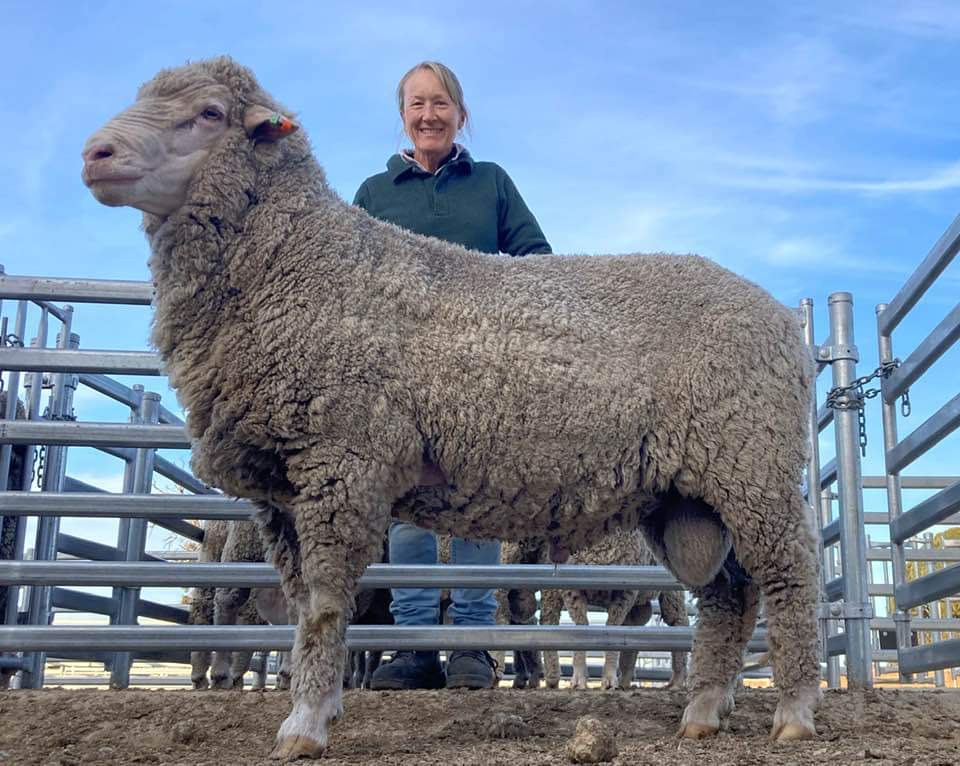At Anderson Poll Merino we aim to produce sheep that perform well and are profitable even under unfavourable seasonal conditions and at high stocking rates.
We believe wool cut and quality do not have to be sacrificed in order to breed faster growing, meatier sheep with worm resistance.
Our rams now are some of the most highly worm resistant in the Sheep Genetics database for all of Australia, with some of the highest eye muscle definition, fat and growth rates.
Anderson Rams are achieving outstanding results in all key production traits, with many rams having multiple ASBVs in the top 1%.
Over 60 traits are recorded on each animal in the nucleus flock from birth to hogget age- both objective and visual – in order to refine selection and provide accurate breeding values for each sheep. We also take great pride in attaining a 5-star data quality rating with MERINOSELECT.
For over 50 years our rams have been progressively selected for:
- Fine, soft, white wool
- High wool cut
- Plain bodies
- Worm resistance
- Eye muscle depth
- Fast early growth
- Fertility
- C site fat (increases fertility and resilience)
- Clean faces and points
- Calm temperament
We actively select against dags, fly strike, pigment, fleece faults and ewes that do not raise a lamb.
Anderson Poll Merinos are run in paddocks all year round under commercial conditions at high stocking rates and are not shedded or preened for sale.
The Anderson Poll Merino Genetic Trends report charts our genetic progress compared to other studs in Australia.
We have benchmarked our genetics against other studs through sire evaluation trials in Balmoral and North East Vic in Victoria, Yardstick and Muresk in WA, New England and MerinoLink in NSW, South Australia, Central Progeny Testing in New Zealand, and have rams entered in the Merino Lifetime Productivity project at Pingelly WA in 2017 and at Macquarie, NSW in 2018. Further information and results of Merino Sire Evaluation can be found here.
Anderson Poll Merino rams and semen have been sold around Australia and even into New Zealand, Uruguay and the Falkland Islands, into a variety of climatic environments including high summer and winter rainfall areas. It is pleasing to see our 60-year history of selection against wool faults, and 18 years of selection for worm resistance has produced rams that perform well in any environment.




